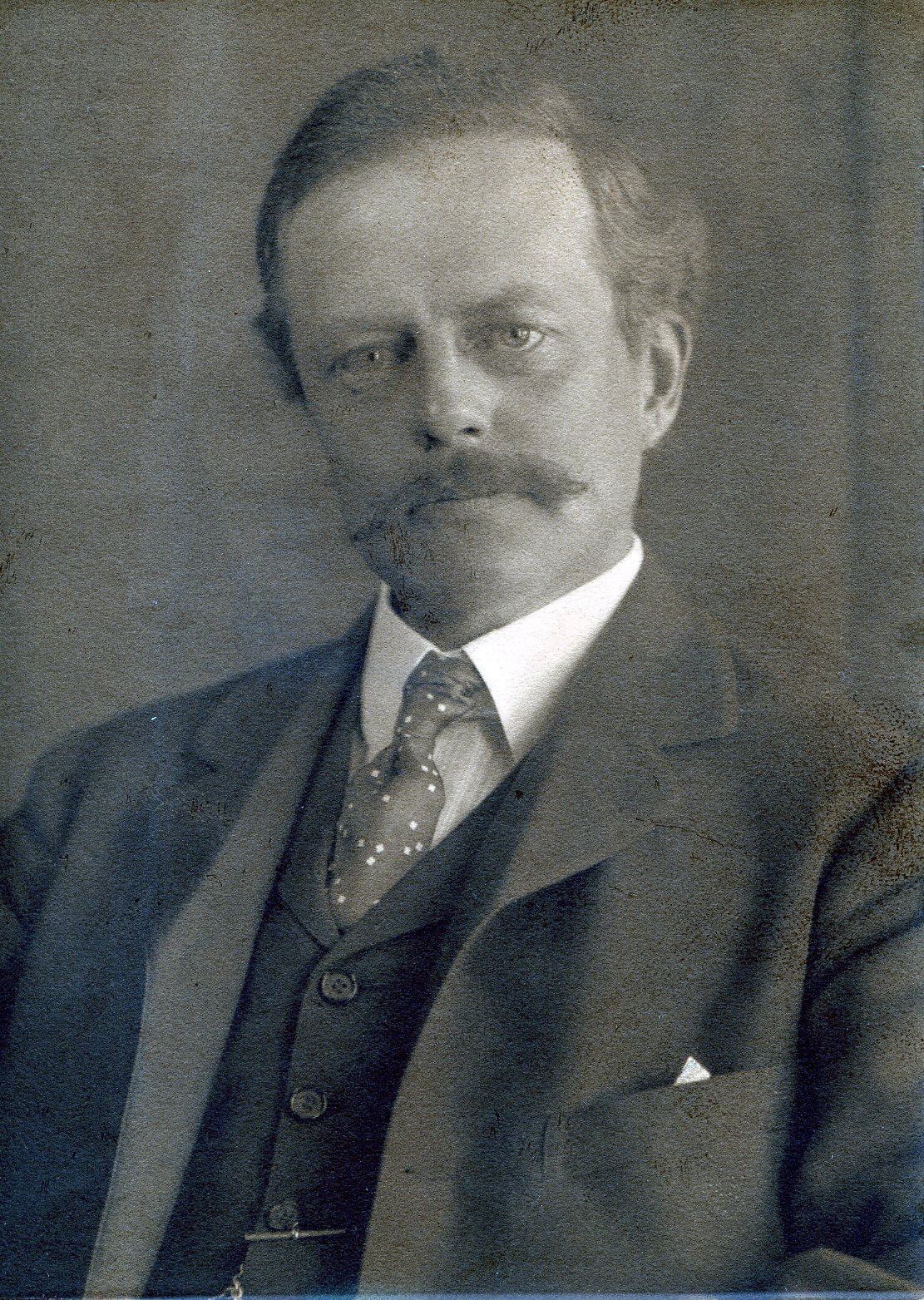Professor/Director of Laboratory
Centurion, 1900–1922
Born 8 September 1860 in Newburgh, New York
Died 15 April 1922 in New York (Manhattan), New York
Buried Green-Wood Cemetery , Brooklyn, New York
, Brooklyn, New York
Proposed by William T. Lusk and Louis Comfort Tiffany
Elected 3 March 1900 at age thirty-nine
Archivist’s Note: Brother of Carroll Dunham
Seconder of:
Century Memorial
What [Pearce] Bailey did for maintaining the mental condition of the army of the Great War, Edward Kellogg Dunham did for its protection from epidemic disease. Dr. Dunham’s life work had in fact been a sturdy battle with such scourges, in which the victories won by his tireless investigation went far towards putting an end to some of the worst terrors that confronted our crowded cities. His preparation was thorough; it has been said that he was one of the very few who ever received a perfect mark in Dr. Oliver Wendell Holmes’s anatomy course at Harvard. From the class room to the laboratory was a natural next step. It was largely his development of the anti-toxin serum of cholera which made the fright over the invasion of America by that oriental epidemic in 1892 the last of such panicky demonstrations in this country. Dunham’s work in preventing the spread of disease in the army camps after the entry of the United States into the great war was one of those many achievements through which the medical staff of the American army wrote a new chapter in military history.
Alexander Dana Noyes
1923 Century Association Yearbook

